Primer before puttying walls - is it needed
Regardless of what the walls are made of, before finishing them it is necessary to level them with putty. And here the question often arises: is it necessary to prime the walls before puttying or is this event carried out after leveling? The answer is in this article.
The content of the article
The need for priming
To fine finish It looked perfect, did not fall off, did not deform, was not affected by mold, the leveling putty under it should have excellent adhesion to the base. It provides a layer of soil.
In general, it performs several functions:
- Brick, concrete, drywall, wood - all these materials have varying degrees of porosity, can have large and small cracks on the surface. The primer of the walls before the putty fills them, turning the base into a monolith, strengthening it;
- It increases the adhesive properties of the base, its adhesion to the leveling solution, so that it does not crumble and does not crumble over time;
- Filling the pores with a primer also reduces the consumption of the mixture, the price of which is higher than the cost of the soil. Savings - an important aspect with large volumes of finishes;
- A thin but strong film created on the surface “seals” all colored spots that can appear through the putty and paint (wallpaper), negatively affecting the finish;
- It is much easier to apply putty with your own hands to primed walls; it easily lays down and is distributed evenly;
- Special primers with moisture protective and antiseptic properties protect the external walls or walls in humid rooms from moisture and the spread of harmful microorganisms - mold, fungi, moss.
All these points are an unambiguous answer to the question whether walls should be primed before puttying. Of course, it is necessary if it is important for you to do the job efficiently. Moreover, this is often done more than once.
For example, if the surface has high porosity, friability and absorbs moisture well, one layer of soil will not give tangible results - it is completely absorbed into the base. And when finishing drywall, the joints and fasteners are first primed, and after they are sealed, the rest of the surface.
Note. Builders are not always unanimous on whether drywall should be primed before puttying. We believe that it is necessary, since the top layer of this material is ordinary multilayer paper, and these layers need to be bonded together.
Production technology
Priming walls for putty requires the correct choice of means and surface preparation. The process itself is elementary simple and consists in applying the composition to the surface in any convenient way - manually, using a brush, brush or roller, or mechanically - using a spray gun.
Soil selection
To choose a primer composition in accordance with the type of base and its properties. On sale there are a variety of primers, including concentrated ones, with various additives, ready to use or in the form of dry mixtures requiring dilution with water or a solvent.
But, deciding how to prime the walls before puttying, first of all, you need to pay attention to the composition of the product. There are universal acrylic primers suitable for most types of substrates.These include drywall, wood, plaster, foam concrete, gypsum tongue-and-groove blocks.
Concrete contact is best suited to improve the adhesion of smooth concrete surfaces.Concrete contact - primer for surface preparation) This primer contains quartz sand, roughening the walls, improving the adhesion of putty to them.
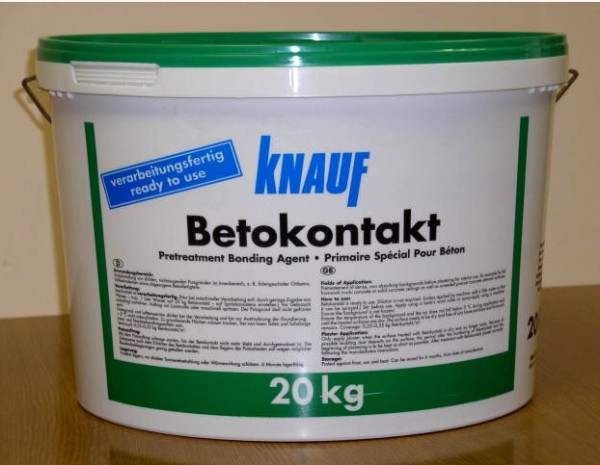
In general, in addition to water-soluble acrylic compositions, there are many other, more specialized:
- Phenolic. Designed for processing metal and wooden surfaces, including OSB, chipboard, fiberboard. It is suitable for drywall. But for plastered and already plastered walls, it is not suitable.
- Alkyd. If you think which primer to use before wood putty, choose it. It is also applied to wooden surfaces before coating them with alkyd paints.
- Glifthal. This type of primer, designed for metal and wooden surfaces, generally should not be considered as a means to prepare them for leveling. In addition, it is very toxic and can only be used for outdoor use or in well-ventilated rooms.
- Perchlorovinyl. An excellent choice for brick and cement plaster, as well as for processing already putty walls. But it applies only outside.
- Polystyrene. Also refers to the category of toxic agents, undesirable for internal work. Ideal for wooden and plastered walls.
For reference. In addition to glyptal, a polyvinyl acetate and bitumen primer is absolutely not suitable for your purposes. The first is applied only on surfaces intended for coating with polyvinyl acetate paint, the second is used mainly for the device of built-up welded roofs.
The easiest way is to choose the right composition, focusing on the manufacturer's recommendations. The instruction on the package contains all the necessary information from the field of application to consumption per square meter.
But from the foregoing, it is already clear that the primer before the putty is predominantly acrylic, phenolic, perchlorovinyl compounds. At the same time, for working outside and in wet rooms, it is necessary to choose a primer with antifungal and moisture-protective properties.
Surface preparation
We made sure of the need for a primer, we chose the composition, now we need to understand how to primer and putty the walls correctly. First you need to prepare the surface: remove adherent particles of the solution, dirt, dust from it. If necessary, scrape off the old coating lagging behind the base.
Degrease oil stains. If the wall is wet - it must be dried with the help of fan heaters or simple ventilation, since the walls can be primed before puttying only with dry ones.
Then the primer itself is prepared. If it is already ready for use, it just mixes well or shakes and pours into a convenient container.
Concentrated mixtures are diluted, if necessary, according to the instructions on the packaging; dry mixtures are diluted with clean water in predetermined proportions.
The primer is applied with a thin uniform layer with a small overlap so that there are no untreated areas. It is most difficult to allow flaws if the composition is transparent, therefore it is more convenient to use white soil. If the surface itself is light, you can look for a pigmented primer.
After the first layer has dried, it is necessary to decide whether it is necessary to prime the walls again before puttying.If the surface has absorbed the first layer and continues to dust, if the pores remain open, then the second, and sometimes the third layer is necessary. But each of them must dry before applying the next.
A very important question is how long after the primer can the surface be puttied. They do this not before it dries (the time is indicated by the manufacturer on the package), but they do not delay too long. If dust settles on the walls, dirt gets in, or it gets wet from precipitation, the quality of the putty will suffer.
Finally, another logical question arises: should I be primed after puttying?
Yes, this also needs to be done. The leveling layer also needs to be strengthened and reduced suction, so that the subsequent finish is held firmly on it. This is especially true when painting, as it saves expensive paint.
Conclusion
We hope that you do not have any doubts as to whether the walls should be primed before puttying. Be sure to complete this stage if you are doing the repair yourself, and control the employees - they often skip it, trying to finish the job faster.
The result of such irresponsibility can be the loss of money and nerves when expensive wallpapers begin to fall off along with putty.
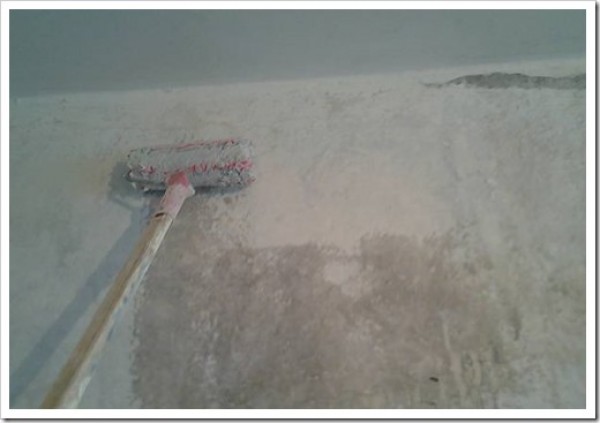

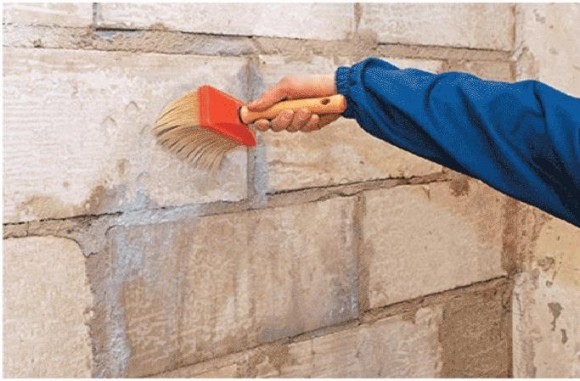
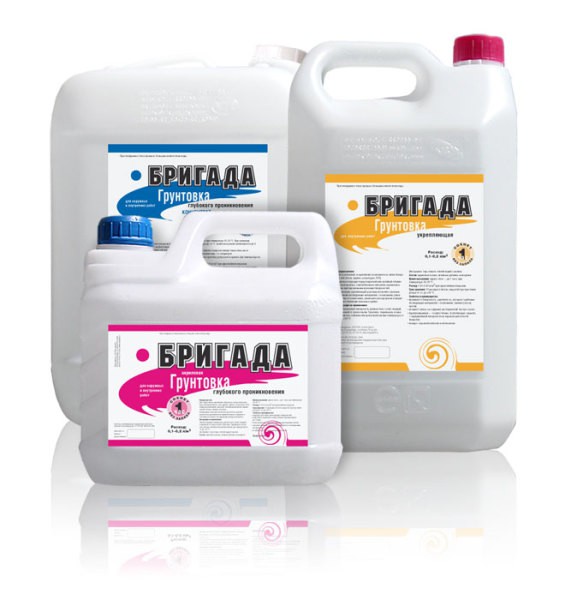
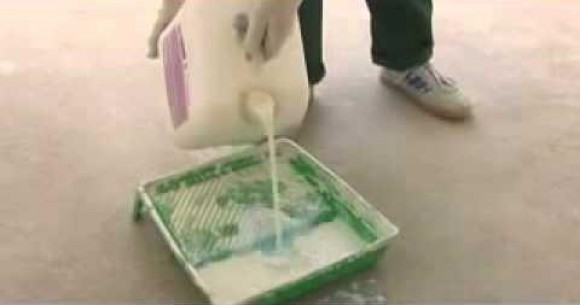
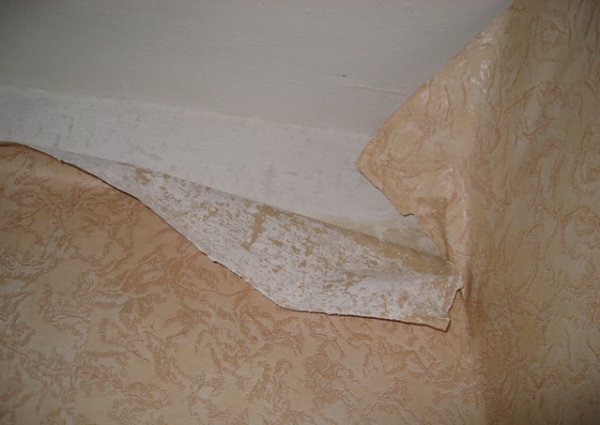


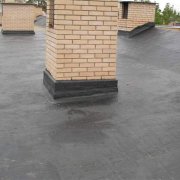
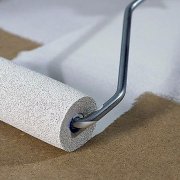
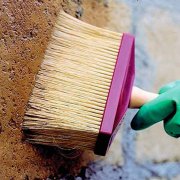
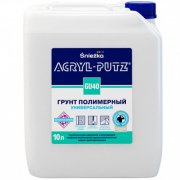
It is definitely impossible to do without a primer and it does not matter what kind of work needs to be done, at least from the outside or from the inside. Thanks to them, the surface after the primer becomes more prepared for subsequent work. It is especially necessary to primer rooms with high humidity, as having saved money at this stage, I will have to redo the entire room later, which I already went through.